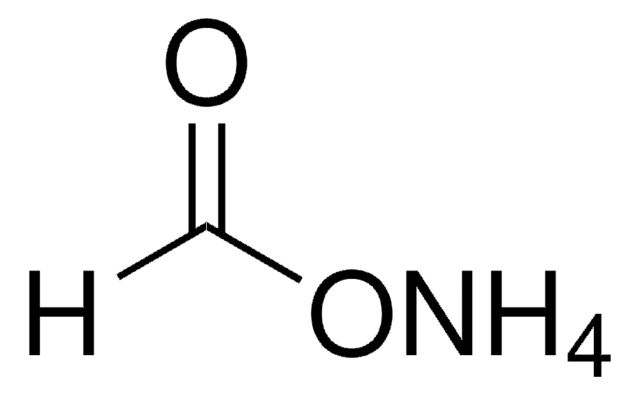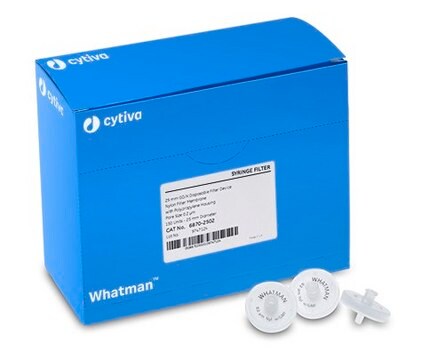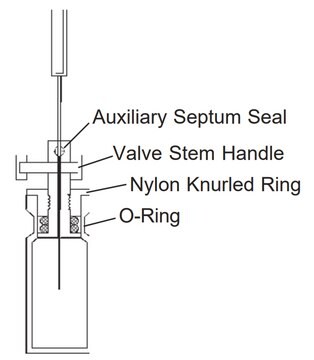Kluczowe dokumenty
About This Item
26 mmHg ( 25 °C)
Polecane produkty
klasa czystości
HPLC grade
gęstość pary
3.2 (vs air)
ciśnienie pary
22 mmHg ( 20 °C)
26 mmHg ( 25 °C)
Próba
99.9%
Formularz
liquid
temp. samozapłonu
997 °F
granice wybuchowości
7 %
metody
HPLC: suitable
zanieczyszczenia
≤0.0005% non-volatile matter
≤0.0005% thiophene
≤0.001% free acid (as HCl)
≤0.02% water (Karl Fischer)
współczynnik refrakcji
n/D 1.496 (lit.)
bp
110-111 °C (lit.)
mp
-93 °C (lit.)
gęstość
0.865 g/mL at 25 °C (lit.)
absorpcja UV
λ: 286 nm Amax: ≤1.00
λ: 288 nm Amax: ≤0.50
λ: 293 nm Amax: ≤0.20
λ: 300 nm Amax: ≤0.10
λ: 310 nm Amax: ≤0.05
λ: 335 nm Amax: ≤0.02
λ: 350 nm Amax: ≤0.004
Zastosowanie
general analytical
ciąg SMILES
Cc1ccccc1
InChI
1S/C7H8/c1-7-5-3-2-4-6-7/h2-6H,1H3
Klucz InChI
YXFVVABEGXRONW-UHFFFAOYSA-N
Szukasz podobnych produktów? Odwiedź Przewodnik dotyczący porównywania produktów
Opis ogólny
Zastosowanie
Opakowanie
Inne uwagi
- The article number 34866-4X2.5L-M will be discontinued. Please order the single bottle 34866-2.5L-M which is physically identical with the same exact specifications.
- The article number 34866-6X1L-M will be discontinued. Please order the single bottle 34866-1L-M which is physically identical with the same exact specifications.
Hasło ostrzegawcze
Danger
Zwroty wskazujące rodzaj zagrożenia
Zwroty wskazujące środki ostrożności
Klasyfikacja zagrożeń
Aquatic Chronic 3 - Asp. Tox. 1 - Flam. Liq. 2 - Repr. 2 - Skin Irrit. 2 - STOT RE 2 Inhalation - STOT SE 3
Organy docelowe
Central nervous system
Kod klasy składowania
3 - Flammable liquids
Klasa zagrożenia wodnego (WGK)
WGK 3
Temperatura zapłonu (°F)
39.2 °F - closed cup
Temperatura zapłonu (°C)
4 °C - closed cup
Wybierz jedną z najnowszych wersji:
Masz już ten produkt?
Dokumenty związane z niedawno zakupionymi produktami zostały zamieszczone w Bibliotece dokumentów.
Nasz zespół naukowców ma doświadczenie we wszystkich obszarach badań, w tym w naukach przyrodniczych, materiałoznawstwie, syntezie chemicznej, chromatografii, analityce i wielu innych dziedzinach.
Skontaktuj się z zespołem ds. pomocy technicznej








